
+91 8095511877

+91 8095511877
An Atrial Septal Defect (ASD) is a hole in the wall that separates the atria or the upper chambers of the heart. It is a congenital heart defect that is present at birth. Over time, in some babies, this hole closes by itself.
An atrial septal defect can cause the movement of oxygen-rich blood from the left atrium to the right. It puts a lot of strain on the right side of the heart as well as in the lungs.
If the hole is small, a baby or child with it will have no significant problems except murmurs in the heart.But if the hole is large, children with it may have symptoms of getting tired while playing, getting frequent cough/cold/chest infections, and poor weight gain.
An atrial septal defect is a developmental disorder present at birth. What exactly causes it is not very clear. There are certain factors affecting mothers during pregnancy that increase the risk of ASD and other heart defects in babies.
Some of the known risk factors are a family history of heart defects, mother on certain medications in early pregnancy, diabetes in mother from early pregnancy, IVF pregnancy, anomaly scan showing a defect in any other organ system of the fetus (brain, gut, kidney, etc.).
To understand ASD better, it is important to know how the normal heart works. See figure 1 below.

The left heart has two chambers, and the right heart has two chambers. The top 2 chambers (RA and LA) are the collecting chambers, while the bottom two chambers (RV and LV) are pumping chambers. The LV pumps pure blood to the whole body.
The body’s organs use the oxygen in that blood and make the blood impure. The impure blood returns to the RA and is pumped by the RV to the lungs. When we breathe, the oxygen in our breath enters the blood and makes it pure again. The pure blood enters LA and is pumped out to the body by the LV.
Thus the heart supports two circuits. The left circuit pumps pure blood to the body, and the right circuit pumps impure blood to the lungs.
If a child has ASD, the wall (SEPTUM) between the LA and the RA will have a hole in it. So blood flows from the LA to the RA and then to the RV and the lungs. It means extra blood ends up going to the lungs. The congested lungs get infected relatively easily. Also, the RA and RV become bigger, and pressure on that side of the heart also rises over time.
The common complications are
There are three main types of ASD, according to the location of the defect in the septal wall.
In a child with a doubt of an ASD, the doctor will advise the following diagnostic tests.
Echocardiogram- This test is sonography of the heart. It provides all the required details about the ASD and its effect on the heart.
Other tests include
In a child with an ASD, a cardiologist will look into the following aspects;
It is important to get the ASD closed at the right time before it affects the child too much, or the changes in the heart become significant. The best time to close a simple typical ASD is at the age of 3-4 years. Sometimes, some ASDs need to be closed earlier.
There are two methods to close an ASD.
The first method to close the hole is open-heart surgery. During an ASD repair surgery, the surgeon closes the defect with a patch.
The surgeon may choose to close the hole by a cut made in the middle of the chest (sternotomy). In some instances, the surgeon may make a cut on the right side of the chest; this is more cosmetic.
A child having the surgery will have general anesthesia. So there will be no pain during surgery. The child will be in an Intensive care unit for a day after surgery and will go back to the room the next day. The average stay in the hospital will be for three to four days.
The alternative to surgery is a one-time cardiac catheterization procedure. In this, an interventional cardiologist closes the hole by placing an umbrella device there. The doctor will introduce the device through the groin vessels, and this procedure does not need any cuts or sutures.
The patient gets to go home the next day. The child will be on aspirin, which is a mild blood-thinning medicine for six months.
Only a pediatric cardiac specialist can determine which is the method best suited to close an ASD: surgery or device. Certain holes can only be closed by surgery, while others can be closed by either method


This article has been reviewed for medical correctness and relevance by
Dr Swati Garekar
Dr Swati Garekar is Consultant Pediatric Cardiologist and Head, Division of Pediatric Cardiology, Fortis Hospital, Mulund, Mumbai, India.Her special interests include echocardiography and fetal imaging, 3D printed heart models and heart failure.
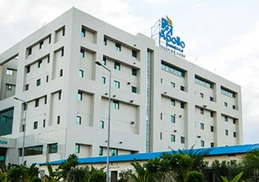
Apollo Chennai
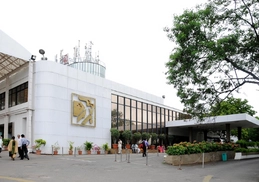
Apollo Health City
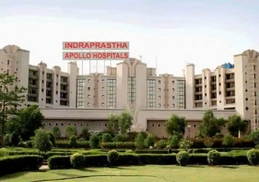
Apollo Indraprastha
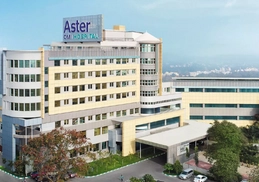
Aster CMI
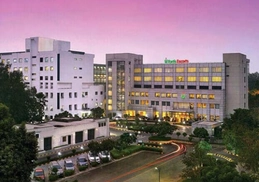
Fortis Escorts
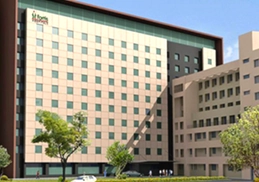
Fortis Mulund
Frequently Asked Questions
What causes an atrial septal defect?
Is ASD life-threatening?
Will an ASD come back after treatment?
Which is the best age to do an ASD repair surgery?
What is the cost of ASD surgery in India?